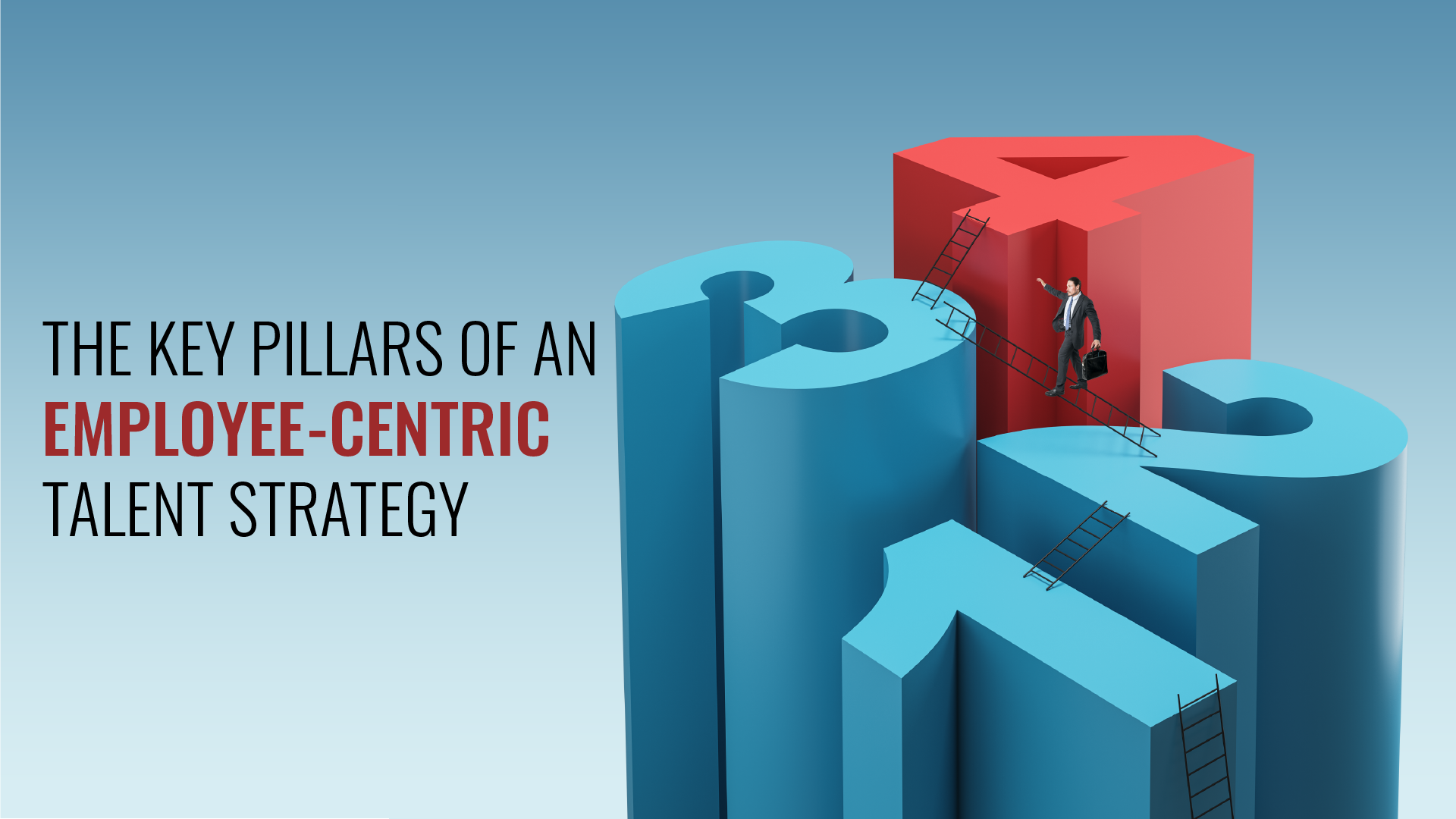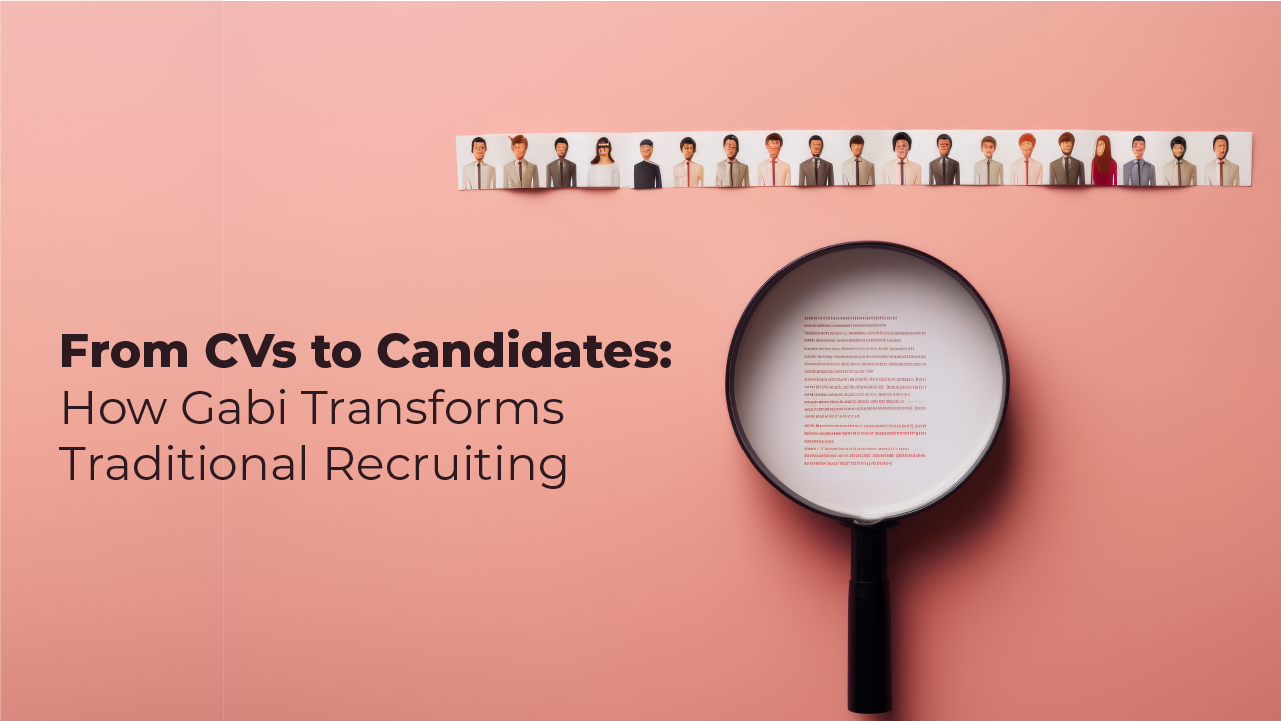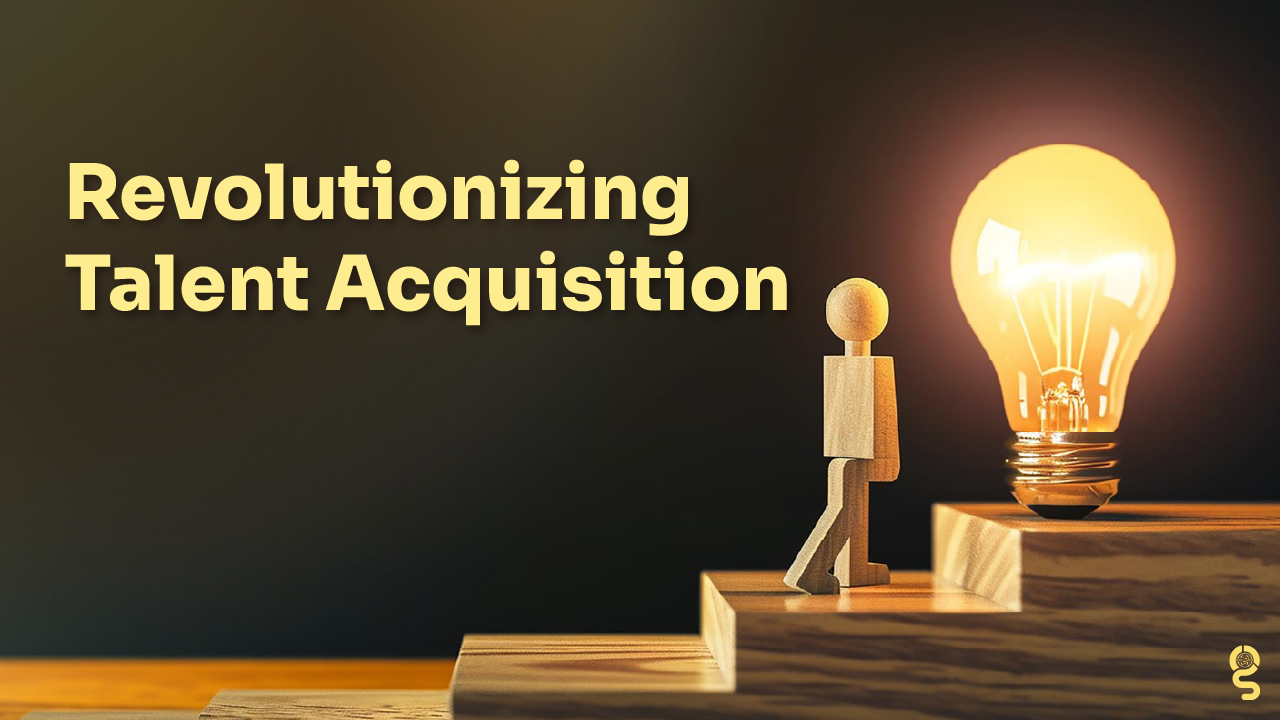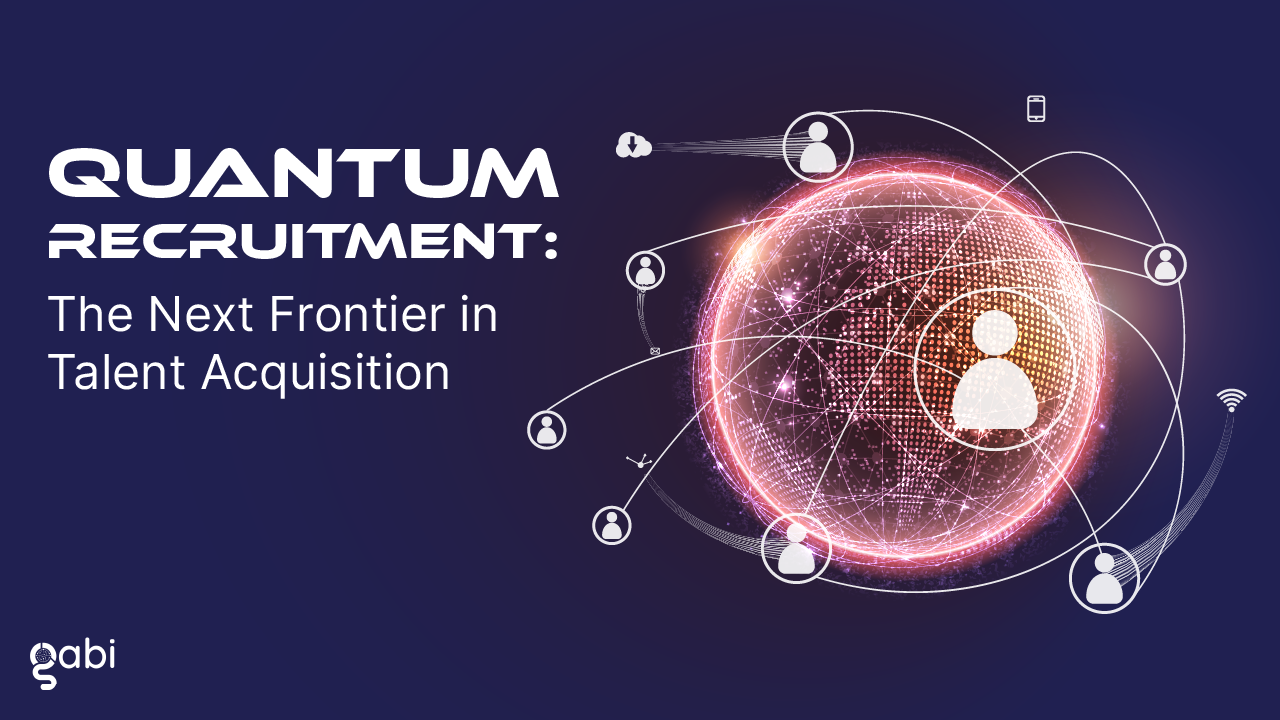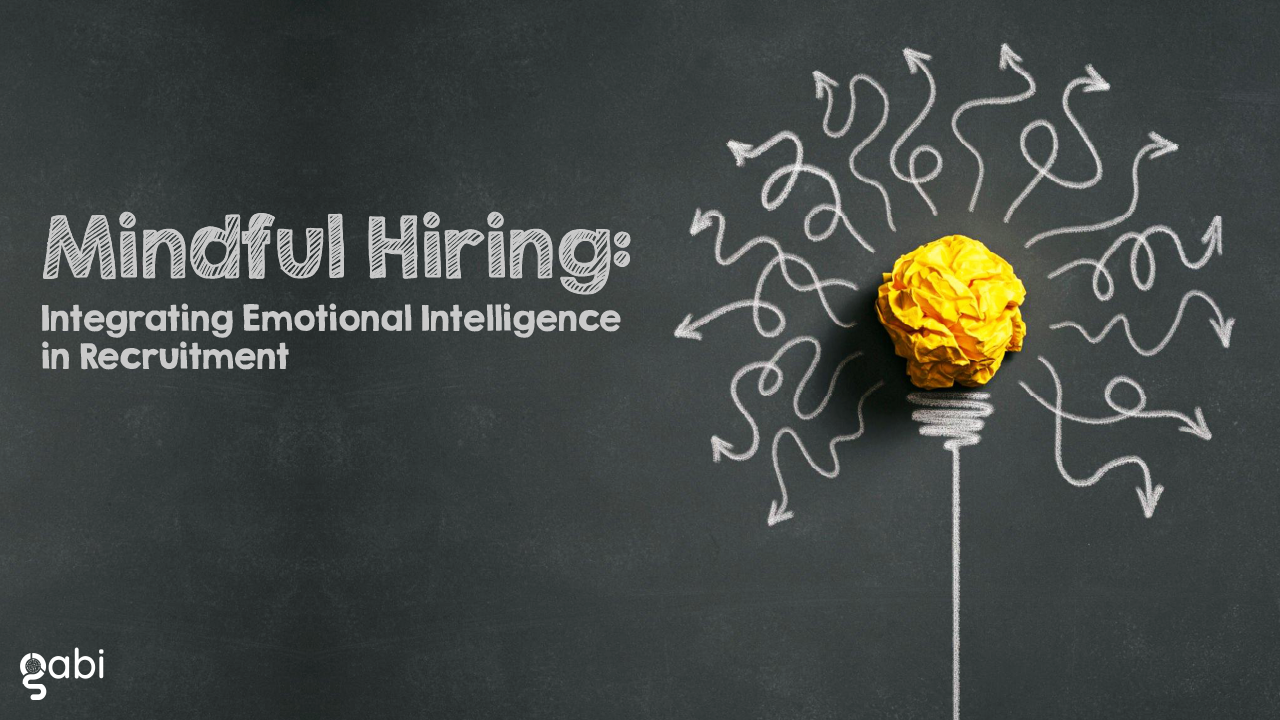The business landscape is constantly evolving and companies become more aware that their greatest asset is not just their products or services. Their people are now the ones driving the motivation and success of their brand. As they try to keep up with new hiring trends, they can now build a strong foundation for long-term growth and prosperity by implementing an employee-centric culture.
Imagine Sarah, a recent graduate considering her career options. Although she received several job offers, all of which promise attractive benefits and salaries, only one company stands out. It has a reputation for fostering an environment where employees feel empowered and engaged, offering opportunities for professional growth and encouraging a work-life balance.
Intrigued, Sarah envisions herself thriving in an environment where her potential is not only recognized but nurtured. This is the outcome of an employee-centric culture, a transformational business strategy that prioritizes the well-being of employees over other organizational goals.
Let’s unveil the fundamental pillars for fostering an engaging work environment where people can thrive which leads to your organization’s success!
The Importance of an Employee-Centric Talent Strategy
An employee-centric culture that puts employees at the center of the organization’s goals and objectives comes with plenty of benefits. Companies that embrace a human-centric model register higher productivity levels, employee retention, and reduced turnover rates, as employees are 3.2 more likely to stay in their roles.
Employees who are empowered and engaged are more likely to be inspired, effective, and dedicated to their jobs. They bring their originality, passion, and creativity to the table, which raises customer satisfaction levels, boosts employee development and productivity, and fosters long-term growth. Moreover, this strategy is an effective tool for gaining a competitive edge, as it helps them stand out from other organizations and differentiate themselves.
Such an environment increases employee loyalty, as it shows them their work matters, that they are valued and their personal and professional development is important. As a result, the workforce becomes more dedicated and motivated to achieving the objectives of the organization and fostering long-term success.
-
Pillar 1: Fostering a Culture of Employee Engagement and Empowerment
Encouraging an engaging workspace and environment where people feel empowered represents the first pillar of employee-centric culture. This entails creating a diverse and inclusive workplace where employees are treated with respect and feel valued and heard.
You can easily improve employee engagement by promoting open communication, including employees in decision-making processes, and acknowledging their input. Try to encourage employees to advance professionally through initiatives such as mentorship programs or skill development opportunities, allowing them to take charge of their careers. Ultimately, this approach will only bring you long-time success.
-
Pillar 2: Nurturing Talent through Career Development and Growth Opportunities
You need to prioritize career advancement and growth opportunities to succeed in achieving employee centricity. Employees value learning programs and initiatives because those help them develop their abilities, and specialize in a certain area. This way, you show them your company cares about their performance in the long run.
Effective approaches for career development include personalizing each employee’s advancement plans, organizing training programs and seminars, taking them to networking events, and creating strong performance management systems. By offering them constructive feedback and regular performance reviews, they can identify areas for improvement and advance in their future career.
-
Pillar 3: Promoting Work-Life Balance for Enhanced Employee Satisfaction
To increase employee well-being and satisfaction, it’s critical to promote a healthy work-life balance. You can make an effort to support your team by implementing a flexible schedule, encouraging them to take time off, and regularly discussing the need for self-care.
Moreover, try to emphasize the need of spending time with their loved ones and do the things they love, instead of working overtime or stressing too much about certain tasks. Usually, teams who can easily balance their work and personal lives are less stressed, more productive, and show loyalty to the company they’re working at. Prioritizing work-life balance benefits both people and the workplace culture.
-
Pillar 4: Prioritizing Employee Well-being and Mental Health Support
Employees’ productivity levels, success, and happiness depend a lot on their well-being and most importantly, mental health. You need to emphasize the importance of your workforce’s mental health by providing them with health benefits, encouraging healthy work conditions, and facilitating access to mental health-related initiatives.
This can include counseling services, mental health awareness campaigns, and employee help programs. Organizations may enhance productivity, engagement, and overall satisfaction by recognizing the value of employee well-being and establishing a safe and encouraging work environment.
Overcoming Challenges: Addressing Obstacles in Adopting an Employee-Centric Workplace
Adopting an employee-centric culture comes with its challenges. Sometimes, you need to face limited resources, resistance to change, and deal with other priorities, so it might seem like focusing on employee centricity is not possible. However, you can reach a human-centric company culture with strong leadership, phased implementation strategies, and effective communication.
- Take a look at these simple tips you can follow for overcoming resistance or budgeting issues;
- Engage staff in decision-making and ask for their participation;
- Communicate the advantages of an employee-centric culture;
- Use training and education to overcome resistance to change;
- Organize your priorities based on the areas that will have the most effects on employee happiness;
- Explore partnerships and collaborations to source resources, and look for cost-effective solutions.
Embracing the Employee-Centric Mindset for Long-Term Success
As you can see, embracing a human-centric strategy is crucial for achieving success. When employees feel valued, engaged, and empowered, they are more motivated, thus leading to increased productivity, innovation, and business growth. Focus on asking employees for feedback and include them in important tasks or decisions if you want to implement an employee-centric approach.
Leveraging tools and technologies can help you transition to such a company culture. A holistic solution that not only speeds up the hiring process but also improves continuing employee contact is provided by Gabi, an AI-powered recruitment software. These tools enable you to improve their hiring processes, attract top talent, and keep meaningful relationships with your workforce.
It’s time to lead your company to long-term success!

